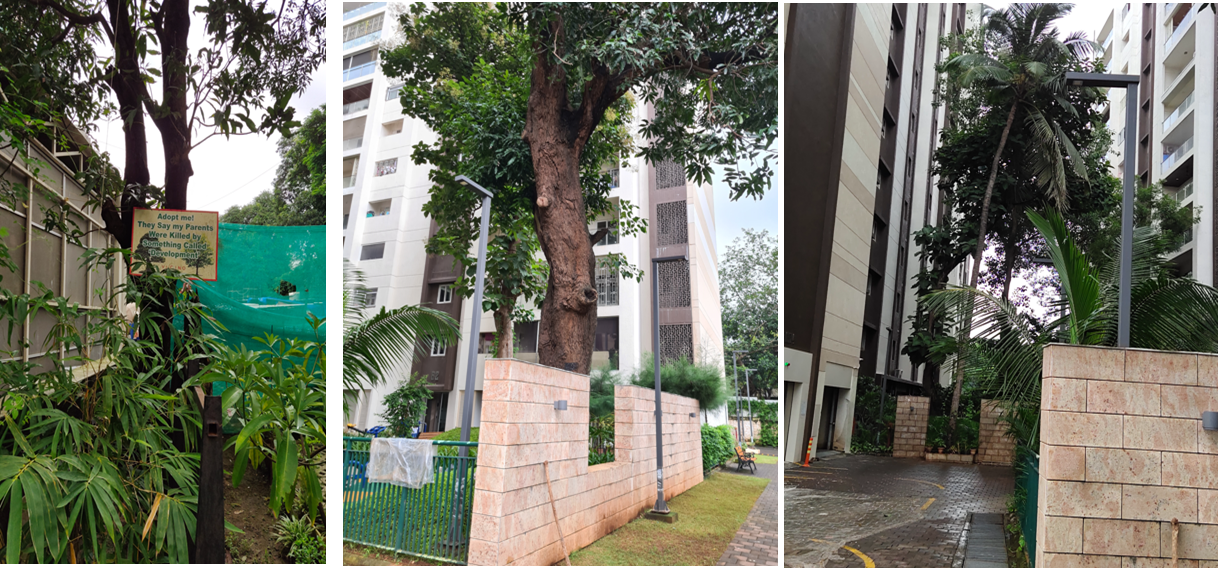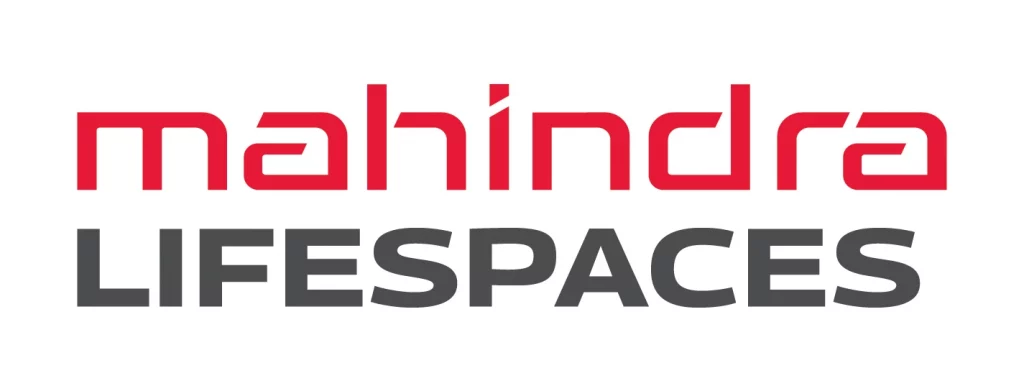
How we are making change
Pollution Mitigation
At Mahindra Lifespaces, we are committed to sustainable construction, responsible consumption of natural resources, and pollution mitigation. We undertake several measures to monitor and improve our ambient air, water, land and noise quality both during the construction phase and the occupancy phase. We are committed to developing and maintaining an environment that enhances human health throughout the lifecycle of our products and fosters transition towards achieving our goal of maintaining 100% green portfolio.
To maintain the healthy environment, separate areas are allocated for each of the construction purpose including stock piling, material storage and materials reuse, driveway for in and out of carriage vehicles, temporary shelter (labour colony) for construction employees (within the site but away from construction work area). We have 'Standard Operating procedures (SOPs)' in place for environmental management that includes pollution mitigation measures and quarterly updates on the construction activity and relevant mitigation measures taken for the same are communciated through project site sustainability maturity assessment.
Our Construction work areas are isolated from finished areas using temporary barriers to mitigate the impacts of air, noise, water, and soil or land pollution on the workers and occupants. All the materials are stored in appropriate places and covered to avoid any environmental and health impacts. All our workers are provided with PPEs, dust control masks to prevent any health hazards. Mahindra Lifespaces takes number of such pollution mitigation measures for varied pollution type.
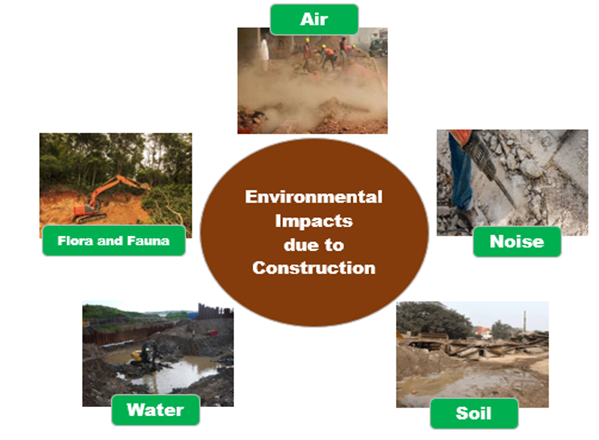
Air
Air pollution - both ambient (outdoor) and household (indoor) are considered the biggest environmental risks affecting health. By virtue of the industry, construction activities such as excavation, drilling, material transportation, loading and unloading, concrete and mortar making, cutting and filling, and movement of equipment generates dust and different pollutants such as PM2.5, PM10, NOx and SOx into the ambient atmosphere. If left unmanaged, these can have adverse impact on the health of onsite workers and the quality of life of people living in cities.
At Mahindra Lifespaces, we are cognizant of these adverse effects of air pollutants & developed action plan on ways to keep the pollutant level within requisite levels. Our main objective under Air Quality management is to reduce air quality problems resulting from construction process in order to help sustain the comfort and well-being of construction workers and building occupants. With 100% green portfolio certified by IGBC/GRIHA ratings, we carry out the measures as listed in the green building certification reference guides for managing Indoor Air Quality (IAQ) systematically during construction because it benefits the health of everyone who works on the site, not just the eventual occupants of the building.
As part of the action plan, we have installed an online monitoring station at MWC Jaipur and Project Luminare which indicates daily value of ambient air quality criteria pollutants that helps manage the pollutants with the mitigation measures. We are currently in the process of strengthening our data management systems to monitor and report the air quality data from few of our projects from next year onwards. Apart from online real time monitoring of air quality, we also conduct monthly third party ambient air quality testing at designated places across the project site during construction as a proactive compliance aand air pollution mitigation measure and for any adequate measures to be taken to maintain healthy and comfortable environmwnt for our workers and customers.

Our air quality performance at MWC Chennai and MWC Jaipur was considerably good where the data trends indicated a satisfactory AQI and a decreasing trend.

Air Quality Monitoring at Luminare
Building construction is responsible for the release of gases and dust (SOx, NOx, and particulate matter), causing air pollution in the vicinity of the project sites. As a real estate developer, we are aware of this challenge and have been taking measures to mitigate the same. At our Luminare project site, this is further compounded due to a Ready Mix Concrete (RMC) plant in the vicinity of the project.
Some of the measures adopted by our project team during construction include dust suppression initiatives, sprinkling of water on loose soil, covering of construction materials, and earth slope protection using green net. Due to these measures, the ambient air quality (concentration of NOx and SOx) are under the permissible limit.
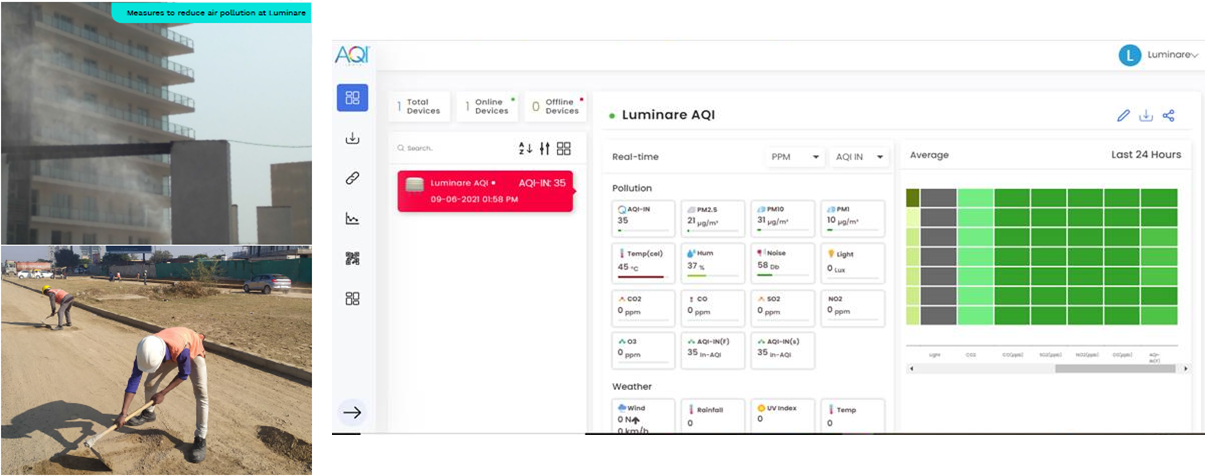
Air Emissions
In 2019-20, our residential business experienced decrease in point source emissions as the projects procured electricity from the grid. However, our sites at MWC Jaipur and MWC Chennai, saw an increase in direct air emissions. The primary reason for the same was the increase in the running hours of DG sets. The DG sets are used as backup for operating Sewage Treatment Plants (STP) installed in the integrated cities. There was a considerable increase in the operation of STP DG sets which can been attributed to the large volume of rainwater ingress in the sewage lines. Additionally, the unavailability of electricity from grid had also triggered excess use of DG sets.
On the other hand, in 2020-21, point source emissions from our residential business increased significantly due to additional construction sites. However, our site at MWC Chennai saw a decrease in direct air emissions due to the pandemic.
We, at Mahindra Lifespaces ensure that we are not only compliant with respect to pollution reduction, but go a step further to avoid pollution at our construction sites through proper monitoring and management & through design interventions in the developed products.

Noise
Unlike general industry, construction activities are not always stationary and in one location. Construction activities often take place outside where they can be affected by weather, topography, atmosphere and landscaping. Construction noise makers, e.g., heavy earth moving equipment, move from location to location and is likely to vary considerably in its intensity throughout the day On construction sites there are many different noise sources and these sources exhibit differing types of noise such as background noise, idling noise, blast noise, impact noise, rotating noise, intermittent noise, howling, screeches and squeals that need to be controlled.
Mahindra Lifespaces adheres to the Noise Pollution (Regulation and Control) Rules, 2000, CPCB and state regulations too. We ensure that the high noise levels on construction sites are lowered using commonly accepted engineering and administrative controls and compliant to the various noise pollution control rules of CPCB and other regulations.Normally, earplugs and other types of personal protective equipment (PPE) are used to control a worker’s exposure to noisy equipment and work areas. However, as a rule, engineering and administrative controls should always be the preferred method of reducing noise levels on worksites. Only, when these controls are proven unfeasible, earplugs as a permanent solution should be considered.
1. Engineering Controls
Engineering controls modify the equipment or the work area to make it quieter.

2. Administrative Controls
These are management decisions on work activities, work rotation and work load to reduce workers’ exposure to high noise levels.

Effective solutions to control noise at construction sites include,


Land or Soil
Land pollution refers to deterioration of the earth’s land surfaces, at and below ground level. The cause is the accumulation of solid and liquid waste materials that contaminate groundwater and soil. Soil at and around a construction site may become contaminated due to air transport followed by deposition of construction dust as well as water runoff of construction contaminants. Soil may constitute a sink for pollutants and some of those may accumulate in soil and persist over longer periods of time. When waste is deposited onto an area of land, the permeability of the soil formations below the waste can increase or reduce the risk of land pollution. The higher the permeability of the soil, deeper the impact.
The principal direct environmental impact of soil quality is the potential soil contamination from the following sources;
• Spills or leaks from construction machinery
• Waste generation/management
• Accidental leaks
Although the above impact (i.e. soil contamination) will be localized within the spillage zone/area, but potential migration of such contamination to groundwater aquifer may represent significant environmental risks. We at Mahindra Lifespaces ensure proper measures to mitigate impact on land during construction and operation phase.
During the construction stage, various sources of land pollution include;

To help reduce the environmental impact of construction sites, we work with authorized partners that offer comprehensive builder solutions to achieve cost-effective construction recycling and waste disposal plans. Also, we reuse most of the waste materials in our construction activity and avoid dumping at the site thereby preventing land/soil pollution.
Pollution prevention measures taken at different stages of construction
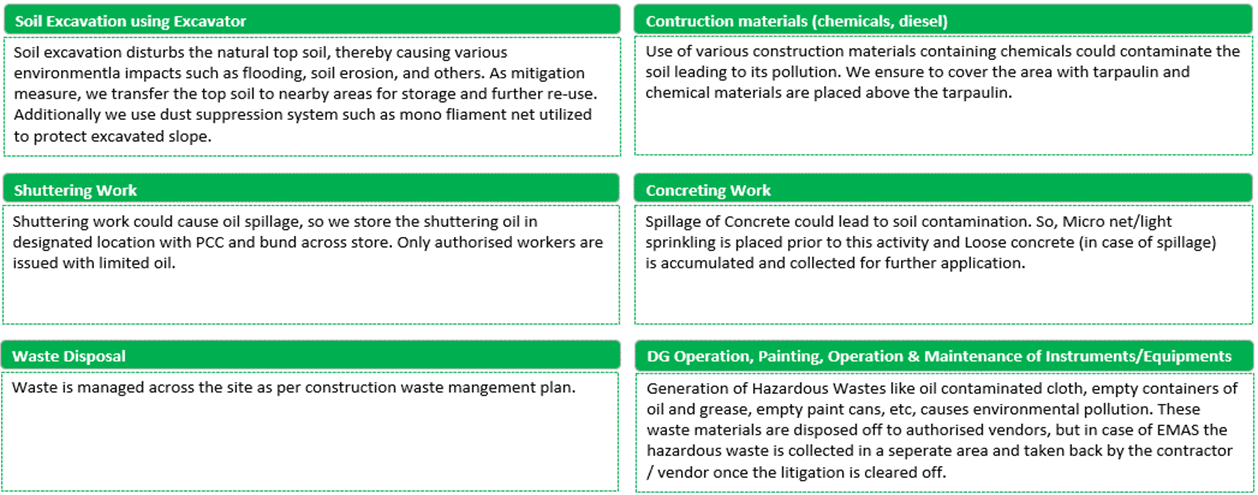
Water
Surface water runoff and the groundwater close to a construction site could get polluted with various materials used in the construction work. VOCs, paints, glues, diesel, oils, other toxic chemicals, and cement are the potential materials that could lead to water pollution during construction. Mahindra Lifespaces understands the importance of water and its quality maintenance in construction. We use the entire water withdrwan from multiple sources with zero discharge to water bodies. Also, the hazardous liquid waste such as oil, diesel, grease generated during construction is properly stored and disposed as per waste management rules and plan.
Drinking water quality is monitored and tested through thrid party agency to enssure health and wellbeing of all the workers working at the site.
Flora & Fauna
Mahindra Lifespaces incorporates the various impacts due to contruction in the environmental management plan and tracks & maintains these impacts and mitigation
measures at various stages of construction activity. We maintain the native species at the projects with no impact to the ecology of the site. Our Biodiversity conservation plan ensures that there is no impact to the varoious plantations at the site and helps raise our efforts to increase the tree cover at the sites.
Indigenous/local plants are planted within the project area as part of our landscape development plan to mitigate any construction related impacts to flora of the site. We are incorporating bird baths and butterfly gardens into our landscape development along with organic food gardens and fruit trees.
